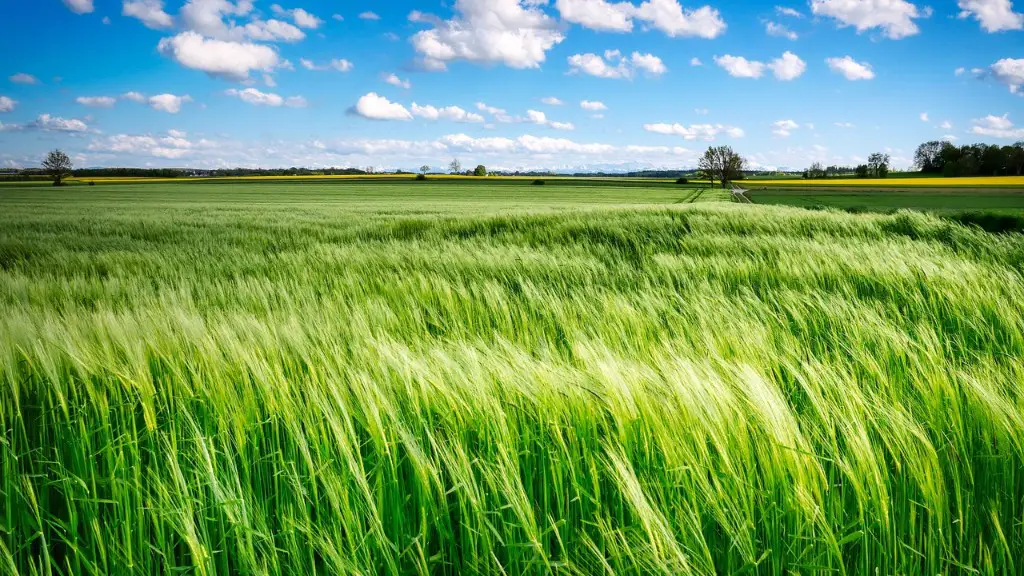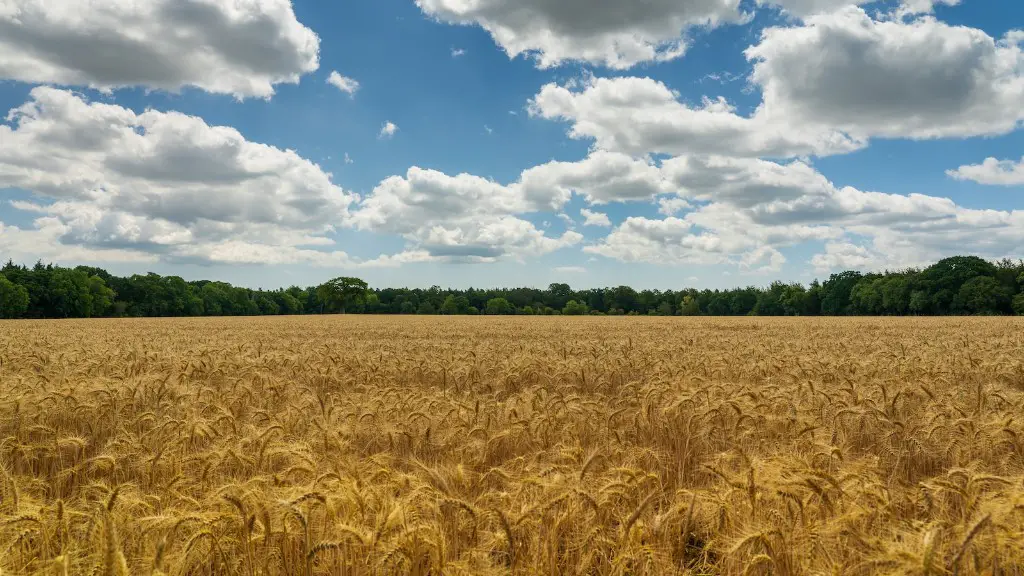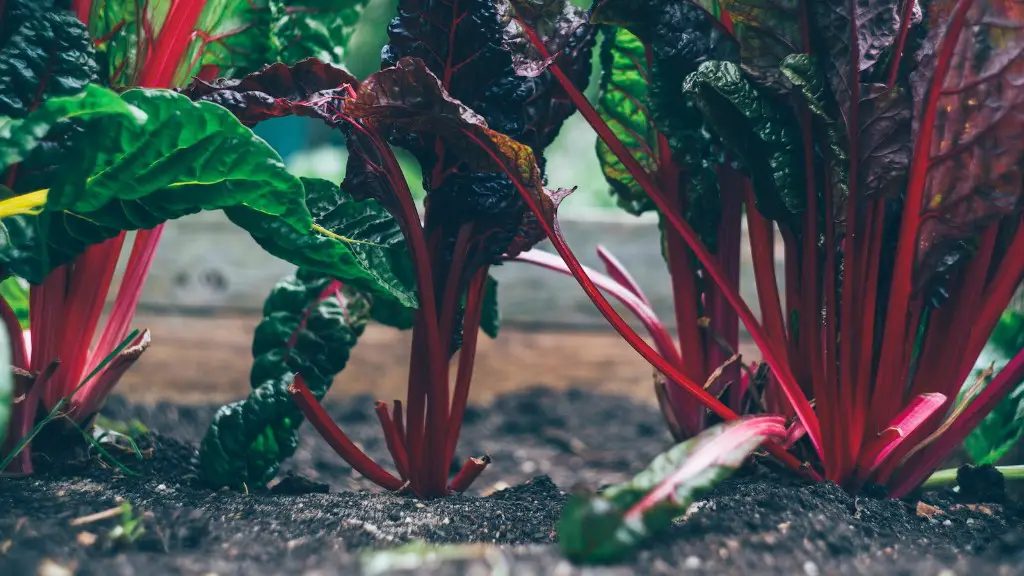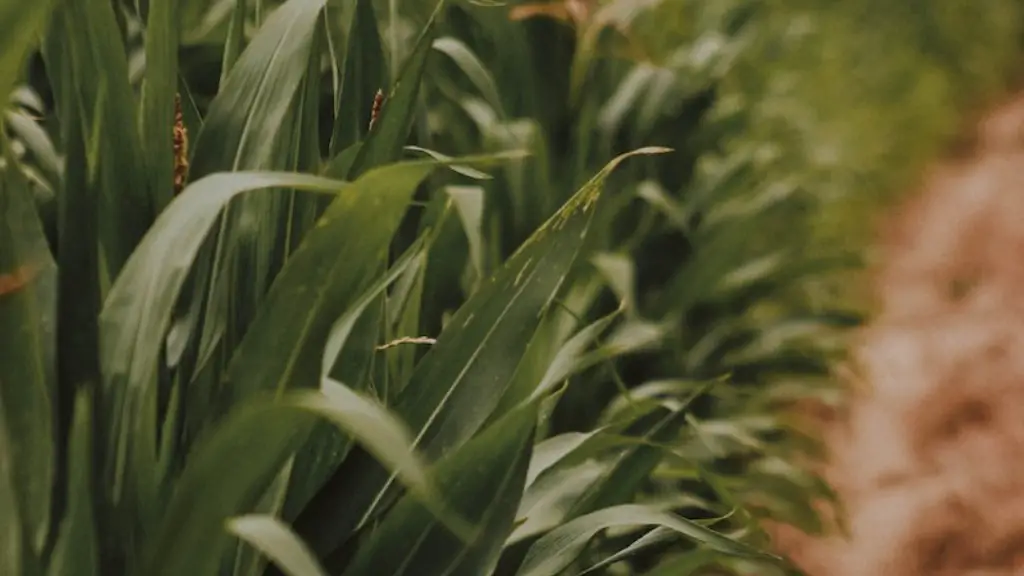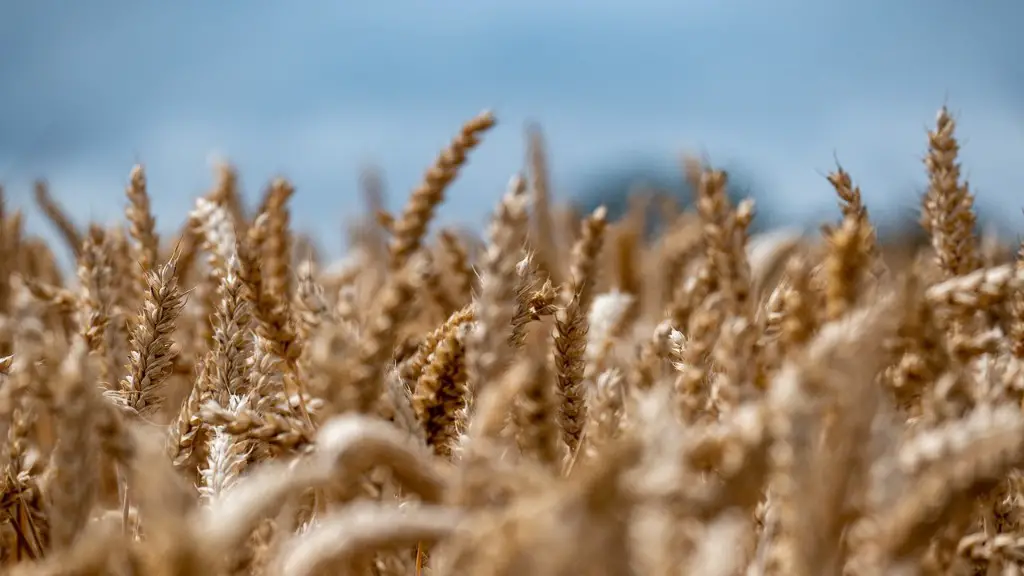GPS technology has revolutionized the agricultural industry in the 21st century. It has become an essential tool for farmers, enabling them to accurately and efficiently monitor crop production, identify potential threats, and track livestock. But, when was GPS first used in agriculture?
GPS technology was first developed for military purposes in the late 1970s, but it wasn’t until the mid-1990s that the capabilities of the technology began to be applied to the agricultural sector. At this time, farmers began to realize the potential of GPS technology to monitor crop growth, and commercial GPS tracking systems began to enter the market. By the end of the decade, GPS had become an invaluable tool in modern agriculture, and has since become a standard tool for many farmers.
GPS revolutionized the way farmers track and manage their operations. Previously, farmers had to rely on more manual methods to measure crop and livestock production. Now, GPS enabled systems allow them to collect vast amounts of data quickly and accurately and display it in an easily understandable format. The technology also provides the ability to analyze data quickly, which helps farmers make informed decisions about their operations.
Not only has GPS made the tracking of crop and livestock easier and more accurate, but it has also enabled farmers to adopt precision agriculture. This term refers to the use of GPS technology to manage crops on a small scale. This means that farmers can identify areas with suboptimal production or soil health, and make corrections based on the specific needs of their crops, resulting in improved yields and decreased input costs.
GPS has also revolutionized the way farmers market their products. With GPS technology, farmers can easily identify where their products are going, track shipment and delivery times, and monitor real-time market prices. This information can be used to make decisions about when and where to sell their products, which can increase their profits.
In addition to these practical applications, GPS technology also provides a suite of data collection and analysis capabilities to help farmers optimize their operations. It can alert farmers to any potential threats, such as natural disasters or changes in weather, so they can be prepared and respond accordingly. It can also monitor and track the movements of pest animals and disease outbreaks to help farmers proactively manage their lands.
Overall, GPS technology has changed the face of modern agriculture. It has made it easier and more efficient for farmers to track and manage their operations, as well as to market their products. GPS technology has enabled farmers to better monitor and predict their crop yields, adopt precision agriculture practices, and to optimize their operations by quickly responding to any potential threats.
Using GPS Technology in Precision Agriculture
GPS technology has been instrumental in the adoption of precision agriculture. This term refers to the use of GPS-enabled systems to precisely measure, monitor and analyze field operations. GPS-enabled devices can be used to monitor the health of soil and crops, identify areas with sub-optimal production, and take corrective action based on real-time data.
GPS technology can be used to gather data such as soil moisture, nutrient levels, topography, and aerial imagery, which can be used to make informed decisions about crop management. Farmers can also use GPS to accurately map field operations, such as applying fertilizers and pesticides, crop rotation, and soil management. This type of data can help farmers make decisions about how to optimize their crop production and increase profits.
GPS also makes it possible for precision agriculture to be practiced on a small scale. Farmers can use the technology to identify and measure specific areas of their crops and make adjustments accordingly. By focusing efforts on specific areas, they can save time, resources, and maximize yields. GPS-enabled systems can even be used to monitor the growth of individual plants, enabling farmers to identify and address problems quickly.
GPS technology has also enabled farmers to track their livestock. By using GPS collars, farmers can predict animal movements, identify potential areas of risk, and monitor their health. This data can be used to inform decisions about animal husbandry and pasture management. GPS-enabled systems can also be used to identify potential areas of disease outbreaks, helping to quickly contain and mitigate them.
In summary, GPS technology has revolutionized the way farmers practice and manage their operations. It has enabled the adoption of precision agriculture, which accelerates crop production and maximizes profits. It also allows farmers to precisely and quickly monitor and manage their livestock without having to physically check each animal. GPS technology is an invaluable tool for modern agriculture, and has brought incredible advances to the agricultural industry.
The Impact of GPS Technology on Farm Management
GPS technology has had a significant impact on the way modern farmers manage and operate their farms. By allowing them to collect and analyze data quickly and accurately, GPS technology has enabled farmers to make more informed decisions about their operations and maximize their efficiency.
GPS technology can be used to track the movements of farmers in their fields and collect real-time data such as crop yields, soil moisture, and nutrient levels. This data can then be used to create detailed maps and reports of field operations. This information can be used to make informed decisions about crop management, maximizing yields and reducing input costs.
GPS also enables farmers to actively monitor and track their livestock. By using GPS collars and monitors, farmers can accurately identify the location of their animals and respond quickly to any threats or changes in environment. This type of data collection is invaluable for farmers as it allows them to quickly identify and address problems in their flocks.
The use of GPS has also enabled farmers to become far more organized and efficient in their operations. By using GPS-enabled devices, farmers can accurately map and track their field operations, enabling them to focus their efforts on areas that need attention. GPS-enabled devices can also be used to quantify and analyze data, allowing farmers to identify trends and maximize their operations.
In addition, GPS technology has enabled farmers to practice precision agriculture and more accurately identify issues with their crops. By using GPS-enabled devices to measure and monitor specific areas of their fields, farmers can target areas with sub-optimal production and make adjustments accordingly. This type of data analysis has enabled farmers to precisely adjust their operations and maximize yields.
In summary, GPS technology has enabled modern farmers to become far more organized and efficient in their operations. It has revolutionized the way farmers monitor and manage their crops and livestock, making it easier to identify issues and take corrective action. By enabling the practice of precision agriculture, GPS technology has allowed farmers to maximize their yields and increase their profits.
The Benefits of GPS technology for Farm Security
GPS technology has been a boon to modern farmers, enabling them to become far more organized in their operations and increase their yields. However, GPS technology has also provided farmers with an additional benefit: increased security.
GPS technology can be used to monitor the movements of equipment and other farm personnel, helping to ensure the security of their operations. It can also be used to identify potential areas of risk and alert farmers of any unscheduled changes in movements. This type of data analysis can help to quickly detect and respond to threats and ensure that operations run smoothly.
GPS tracking can also be used to monitor the movement of livestock. By using GPS collars and monitors, farmers can track the movements of their animals, enabling them to quickly identify any issues and take corrective action. This type of data collection can help farmers proactively manage their animals and identify potential areas of disease outbreaks before they spread.
GPS technology can also be used to detect unexpected or unwanted visitors. By tracking movements and analysing data, farmers can be alerted to any suspicious activity and respond quickly. GPS technology can also help to protect valuable equipment and property, providing farmers with added peace of mind.
In conclusion, GPS technology has enabled modern farmers to become more organized, efficient and secure in their operations. By using the technology to monitor their equipment, personnel, crops, and livestock, farmers can quickly identify and respond to threats and ensure their operations remain safe.
The Impact of GPS on Farmers’ Lives
GPS technology has revolutionized the way farmers manage and operate their businesses. It has allowed them to track and analyze data quickly and accurately, enabling them to make informed decisions about their operations. However, the technology has also had a major impact on the personal lives of many farmers.
GPS technology has provided farmers with increased freedom. By using the technology to track the movements of their equipment and personnel, farmers can monitor their operations remotely and spend less time in the fields themselves. This has enabled them to enjoy more leisure time and spend more time with their families.
GPS also makes it easier for farmers to access valuable information, such as real-time market prices and trends. This type of data can help farmers make informed decisions about when and where to sell their produce, helping them to increase their profits. GPS-enabled systems can also be used to monitor the health of their livestock, which can help them to quickly identify potential issues and respond accordingly.
In addition, GPS technology has reduced the stress and workload of many farmers. By enabling the practice of precision agriculture, GPS technology has enabled farmers to better manage their land and optimize yields. This has enabled them to save time, resources, and reduce their workloads. By making managing their fields easier and more efficient, GPS technology has given farmers increased freedom and removed many of the stresses associated with farming.
In summary, GPS technology has transformed the agricultural industry and brought tremendous advances to modern farmers. It has enabled them to become more organized, efficient and secure in their operations, while also providing them with increased freedom and leisure time. By providing convenient access to real-time data and insight, GPS technology has allowed many farmers to optimize their operations and maximize their profits.
